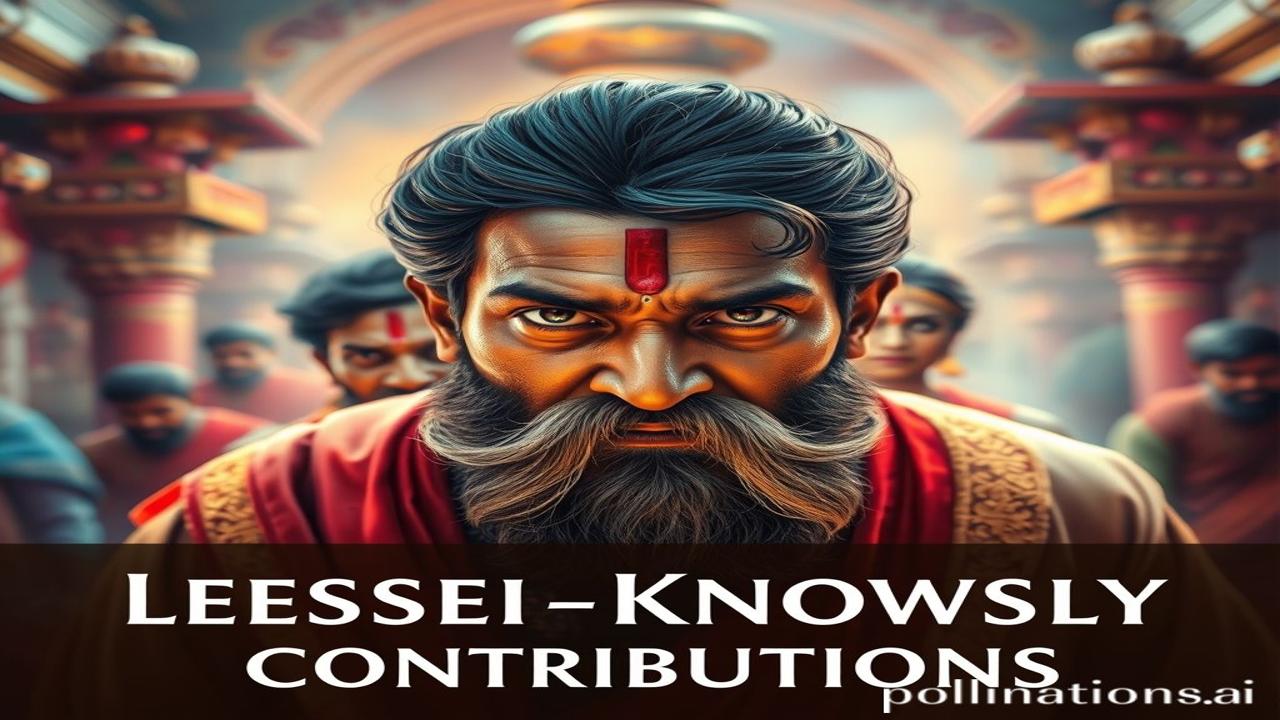Waqt Ki Dhool Mein Dabi Kahaniyan: Lesser-Known Dynasty Contributions
Kabhi socha hai, jab hum taj mahal ki baat karte hain, ya mauryan empire ki, toh kitni saari aur kahaniyan reh jaati hain? Waqt ki dhool mein kuch aise hi dynasty aur unke contributions chhup jaate hain. Let’s uncover some of them!
Kya Hai Yeh Mamla? (What’s the Deal?)
We always hear about the big players – Mughals, Mauryas, Guptas. But what about the smaller, lesser-known dynasties that also played a significant role in shaping India’s history and culture? These dynasties, though not as powerful or long-lasting, often made unique contributions in fields like art, architecture, literature, and social reform. Think of them as the unsung heroes of Bharatiyata.
When and Where?
These dynasties existed across various regions of India and at different periods in history. We’re talking about groups like:
- The Kalachuris of Tripuri (Around 10th-12th Centuries AD): Madhya Pradesh region.
- The Chalukyas of Kalyani (Around 10th-12th Centuries AD): Karnataka region.
- The Paramaras of Malwa (Around 9th-13th Centuries AD): Madhya Pradesh region.
- The Kakatiyas of Warangal (Around 12th-14th Centuries AD): Andhra Pradesh and Telangana region.
Importance?
Understanding these lesser-known dynasties provides a more complete and nuanced picture of Indian history. It reveals the diversity of cultures, political systems, and artistic traditions that flourished across the subcontinent. It’s like discovering missing pieces of a giant jigsaw puzzle!
Zameeni Sach: Log Aur Jeevan (Ground Reality: People and Life)
Imagine life in the kingdom of the Kakatiyas. Raja Ganapati Deva ke darbar mein ek se ek talented log the. Artisans creating magnificent sculptures, poets reciting verses in Telugu, warriors training for battle.
“Aaj Ganapati Maharaj ne mujhe naye designs dikhae,” whispers a stone carver to his apprentice, “Unhe lagta hai ki iss mandir ko aur bhi bada karna hai, shakti ka pradarshan karna hai.”
Life wasn’t just about war and politics though. Farmers toiled in the fields, relying on intricate irrigation systems built by the Chalukyas of Kalyani. Women adorned themselves with beautiful jewelry, reflecting the region’s rich artistic traditions. Dharohar (heritage) was everything!
Dharohar Aur Pehchaan (Cultural Significance Today)
The impact of these dynasties can still be seen today. The magnificent temples of Khajuraho, built by the Chandela dynasty, are a testament to their architectural prowess. The Kakatiya Kala Thoranam (archway) in Warangal is now the official emblem of Telangana state, a powerful symbol of regional identity. The kalyani chalukyas contributed immensely to the kannada language with the beginning of kannada literature.
These contributions echo in our art, architecture, festivals, and even in the languages we speak. They remind us of the diverse and vibrant Bharatiyata that exists beyond the mainstream narratives.
Mazedar Tathya Ya Bhram-Bhanjak (Fun Fact or Myth-Buster)
Myth: Only the larger empires contributed significantly to Indian culture.
Truth: Many smaller dynasties made unique and significant contributions in specific regions and fields. For example, the Paramaras of Malwa were known for their contributions to astronomy and mathematics.
Fun Fact: The Kakatiya dynasty was ruled by a queen, Rani Rudrama Devi, who was a skilled warrior and administrator! Talk about girl power in ancient India!
Drishya Aur Bhavnaayein (Visuals and Emotions)
Imagine standing before the intricately carved pillars of a Kalachuri temple. The air smells of incense and damp stone. The sound of chanting echoes through the halls. You can feel the weight of history, the shakti of the past, all around you. The intricate carvings tell stories of gods and goddesses, of kings and queens, of a world long gone.
Antim Vichar Ya Uddharan (Closing Insight or Quote)
“अयं निजः परो वेति गणना लघुचेतसाम्। उदारचरितानां तु वसुधैव कुटुम्बकम्॥”
This Sanskrit shloka translates to: “This is mine, that is his’ is the calculation of narrow-minded. But to the noble-hearted, the whole world is but one family.”
Just like this shloka reminds us to look beyond narrow divisions, learning about these lesser-known dynasties encourages us to appreciate the richness and diversity of India’s past. Every stone tells a story, every dynasty leaves a legacy. We just need to listen!
